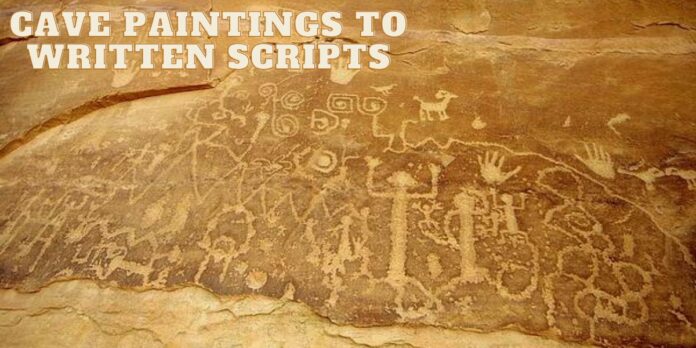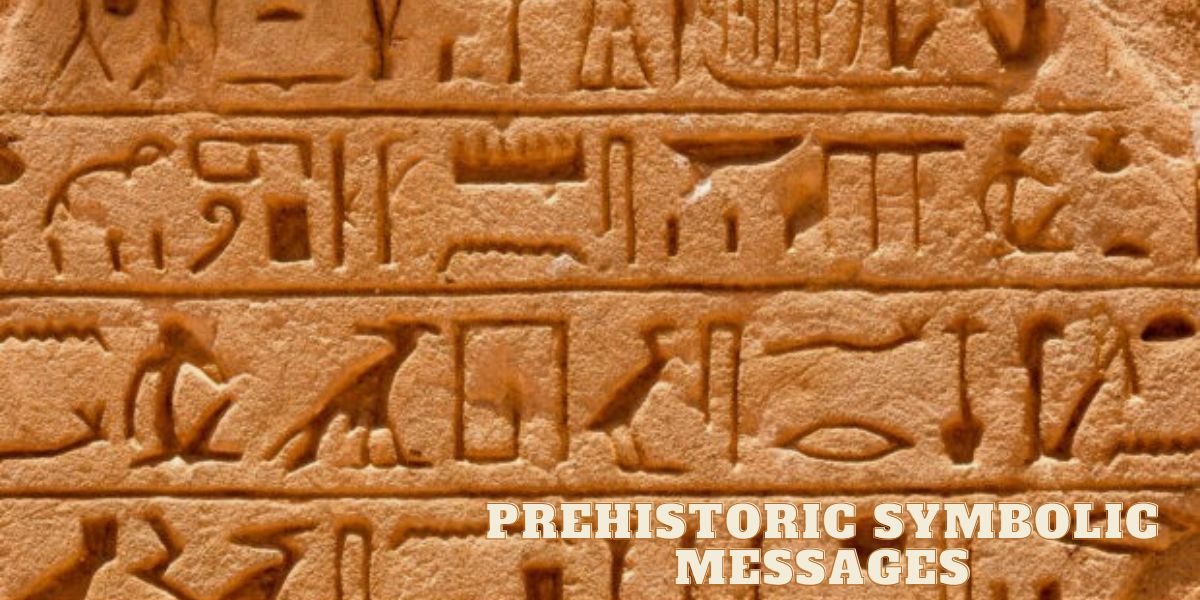The story of human communication is an essential part of our shared history. From the earliest cave paintings to the development of written scripts, humans have continuously evolved the ways they convey ideas, emotions, and knowledge. Each stage of this journey represents significant advancements in our ability to express ourselves, communicate across distances, and record our experiences. This article explores the development of early human communication, tracing its evolution from early cave paintings to the invention of written language.
The Origins of Communication Through Cave Paintings
Before humans developed complex languages or writing systems, they found other ways to communicate. One of the earliest forms of communication can be seen in the cave paintings created by our prehistoric ancestors. These images, often found in deep caves, depict animals, hunting scenes, and human figures. The most famous examples are located in caves such as Lascaux in France and Altamira in Spain.
Prehistoric Symbolic Messages
Cave paintings, dating back as far as 40,000 years, were not merely decorative. Anthropologists believe these artworks served as a form of storytelling or a way to convey important cultural or religious ideas. The detailed depictions of animals, especially those that were part of hunting practices, may have been used to teach younger members of the tribe about the wildlife around them or to pass down critical knowledge on survival. Cave paintings represent an early attempt at symbolic communication, using images to convey messages that went beyond simple speech.
The Role of Petroglyphs in Communication
Following cave paintings, early humans developed petroglyphs, which are images carved into stone. Unlike cave paintings that relied on pigments and brushes, petroglyphs were created by chipping away at the surface of rock, leaving behind long-lasting engravings. These symbols are often found in open spaces, on cliff faces, or large boulders, and can date back as far as 12,000 years.
Abstract Designs and Symbols
Petroglyphs were a significant step forward in early human communication. While cave paintings were largely symbolic and representational, petroglyphs began to incorporate more abstract ideas and symbols. Many of the images carved into stone include representations of humans, animals, and celestial bodies, but some petroglyphs feature geometric shapes, spirals, and other patterns that may have carried specific meanings or messages. These abstract designs suggest that early humans were beginning to use symbols to represent ideas rather than simply depicting what they saw around them.
Early Pictographs and the Birth of Symbolic Language
As human societies advanced, so did the complexity of their communication methods. Around 5,000 years ago, early forms of symbolic writing known as pictographs began to appear. Pictographs are simple drawings that represent objects, ideas, or actions. Unlike petroglyphs or cave paintings, which often depicted animals or people, pictographs were used to represent words or concepts. This form of communication was a precursor to written language.
Pictographs in Early Records
Pictographs were used by several ancient civilizations, including the Sumerians, Egyptians, and Chinese. They were an essential tool for record-keeping and communication in early urban societies. The Sumerians, for example, used pictographs to document trade transactions, laws, and religious practices on clay tablets. These images evolved over time, eventually becoming the cuneiform script, one of the earliest known forms of writing.
Hieroglyphs: A Turning Point
Similarly, the Egyptians developed hieroglyphs, a pictorial script that was used for both ceremonial purposes and daily record-keeping. Hieroglyphs were carved into temple walls, tombs, and monuments, as well as written on papyrus scrolls. This development marked a significant turning point in the history of communication, as it allowed for the recording of more complex ideas and narratives.
The Invention of Written Scripts
The invention of written scripts was perhaps the most significant leap in the evolution of human communication. Writing systems allowed humans to record their thoughts, stories, and knowledge in a permanent and reproducible form. The transition from pictographs to phonetic scripts was a crucial step in this process.
Cuneiform: A Writing Revolution
The Sumerians, who initially used pictographs, developed cuneiform, a wedge-shaped script that represented sounds rather than images. This breakthrough allowed them to create written records that could express abstract ideas and complex grammatical structures. Cuneiform was used for thousands of years in Mesopotamia and became the foundation for other writing systems in the region.
The Phoenician Alphabet Legacy
The Phoenicians, an ancient seafaring civilization, made another important contribution to the history of writing. Around 1200 BCE, they developed one of the earliest alphabets, a system of symbols that represented individual sounds rather than entire words or ideas. This alphabet was simpler and more efficient than previous writing systems, making it easier to learn and use. The Phoenician alphabet became the foundation for many modern writing systems, including Greek and Latin, and played a crucial role in the spread of literacy across the Mediterranean world.
The Role of Writing in Early Societies
The development of writing had a profound impact on early societies. It allowed governments to create legal codes, keep records of trade and taxation, and communicate across large distances. Writing also played a vital role in the development of religion, as sacred texts could be written down and preserved for future generations.
Writing as a Social Tool
In ancient Egypt, for example, writing was used to record religious texts, such as the Book of the Dead, which guided the deceased through the afterlife. These examples demonstrate how writing became an essential tool for organizing and managing complex societies.
Conclusion
The Legacy of Early Human Communication
From cave paintings to written scripts, the evolution of human communication has been a remarkable journey. Each advancement-whether in the form of symbolic images, pictographs, or phonetic writing systems-allowed humans to share knowledge, express their emotions, and build more complex societies. The invention of writing not only transformed communication but also laid the foundation for the development of literature, science, and history. Today, we continue to build upon these early innovations, using modern technology to communicate in ways that our ancestors could never have imagined.





